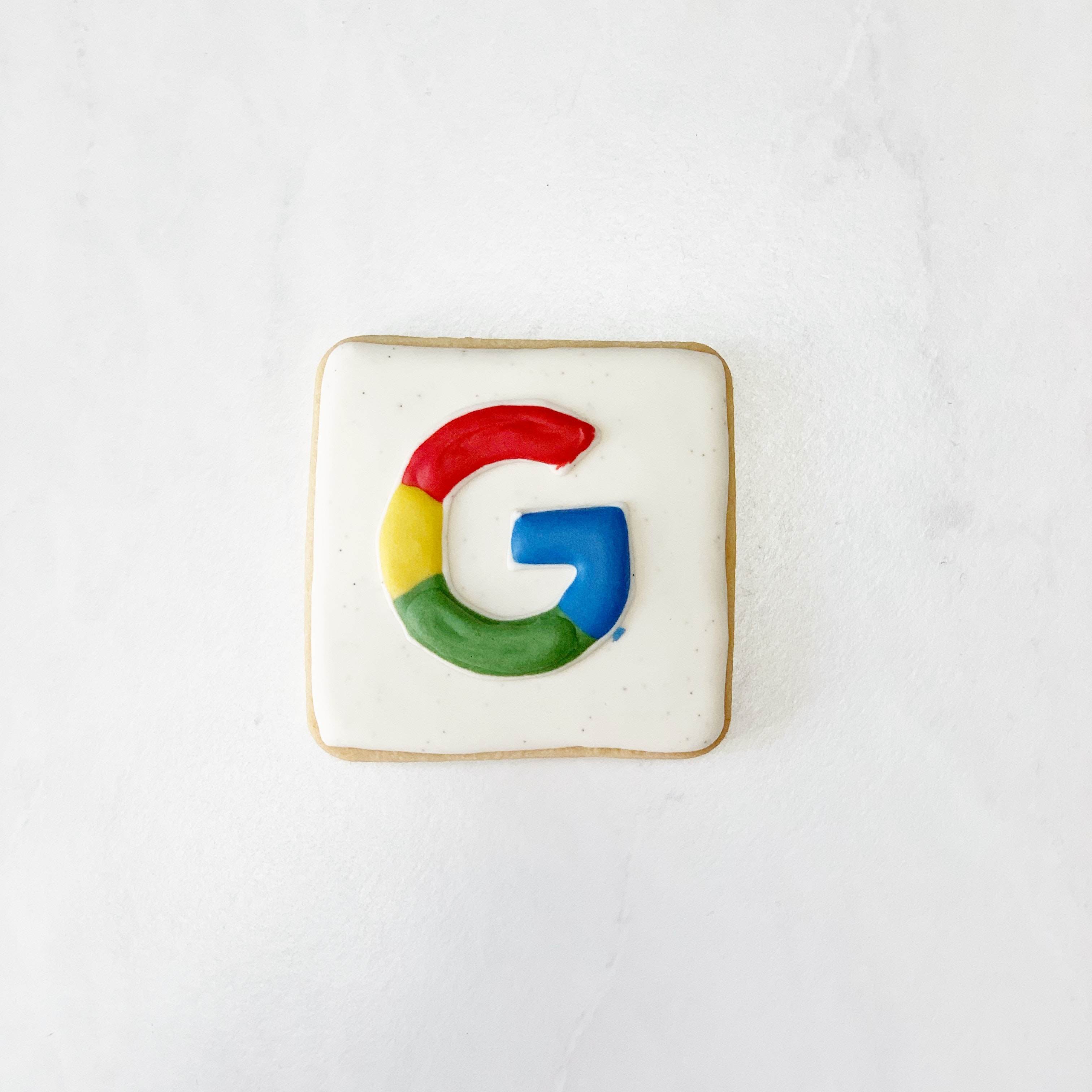
Cookiecalypse - What Google's decision means for tracking after 2023

2023 is the end of third-party cookies in Chrome. As part of the "Privacy Sandbox" initiative, Google wants to introduce a number of changes that should assure users of greater privacy and control over their data. But the new cookie rule in particular has caused an uproar in the advertising industry. How much tracking will still be possible?
Key Takeaways
- Google wants to offer new ways to track users with new browser APIs like "trust tokens". This should lead to even better user recognition and stronger protection against bots.
- In order to continue targeting users, they will be clustered in FLoCs (Federated Learning of Cohorts) based on their interests.
- The explicit consent of users to the collection of data will continue to be necessary. Google Consent Mode is intended to facilitate DSGVO-compliant customization.
From cookies to trust tokens
Through trust tokens, Google gives websites the ability to issue cryptographic tokens to trusted users that can later be used elsewhere. The tokens are stored in the user's browser and can then confirm the user's authenticity for other websites. For example, a user's "trust" can be passed from a social media website to an online store in this way, without having to re-identify the user or link identities between websites. Trust tokens are thus a kind of encrypted user identity. But why this drastic step away from cookies? Google clearly communicates that this is to combat the misuse of personal data and the violation of user privacy. However, websites that rely heavily on advertising for funding should not suffer from the elimination of third-party cookies. The Privacy Sandbox measures are intended to help in this regard. However, this development also brings great advantages for Google as a company, because it is becoming even more of a so-called walled garden. The more external players are eliminated, the more sole control Google gains over the data.
Targeting based on interest groups
Despite these encryptions, companies should be able to target advertising. This is where so-called FLoCs (Federated Learning of Cohorts) are supposed to help. FLoC is intended to help advertisers target specific audiences based on behavior without third-party cookies. The FLoC would collect information about the browsing habits of its users and then use that information to assign the user to a cohort. Users with similar surfing habits would thus be placed in the same cohort. With the help of the specific cohort, each user's browser can tell websites and advertisers which group the user belongs to and what their interests and habits are. This technology has been heavily criticized in some quarters because FLoCs would still likely reveal sensitive personal information, especially to companies that already have their own large tracking networks. As the Electronic Frontier Foundation (EFF) describes Google's proposal, "A flock name would essentially be a behavioral credit score: a tattoo on your digital forehead that gives a succinct summary of who you are, what you like, where you go, what you buy, and with whom you associate."
Do users have a choice?
Yes, informed and explicit consent will still be a requirement to collect data. Google Consent Mode is designed to make it easier to adapt to a user's particular choice. It allows a website to run all Google services like analytics, tag manager and ads dependent on user consent. Businesses have less choice. In the future, those who have depended on third-party cookies will have to rely on Google's Privacy Sandbox or find alternative ways.
A cookie-independent solution: Insights through passive in-app tracking
Gathering data and insights on user behavior is also possible completely independent of Google's cookie regulations. Passive data collection in the form of in-app tracking can be used to capture how users behave, what ads they see and how they interact. For all relevant apps such as Facebook, Instagram, Google Search or Amazon, real measured digital advertising contacts of brands can thus be mapped in a competitive context. More details can be found here.